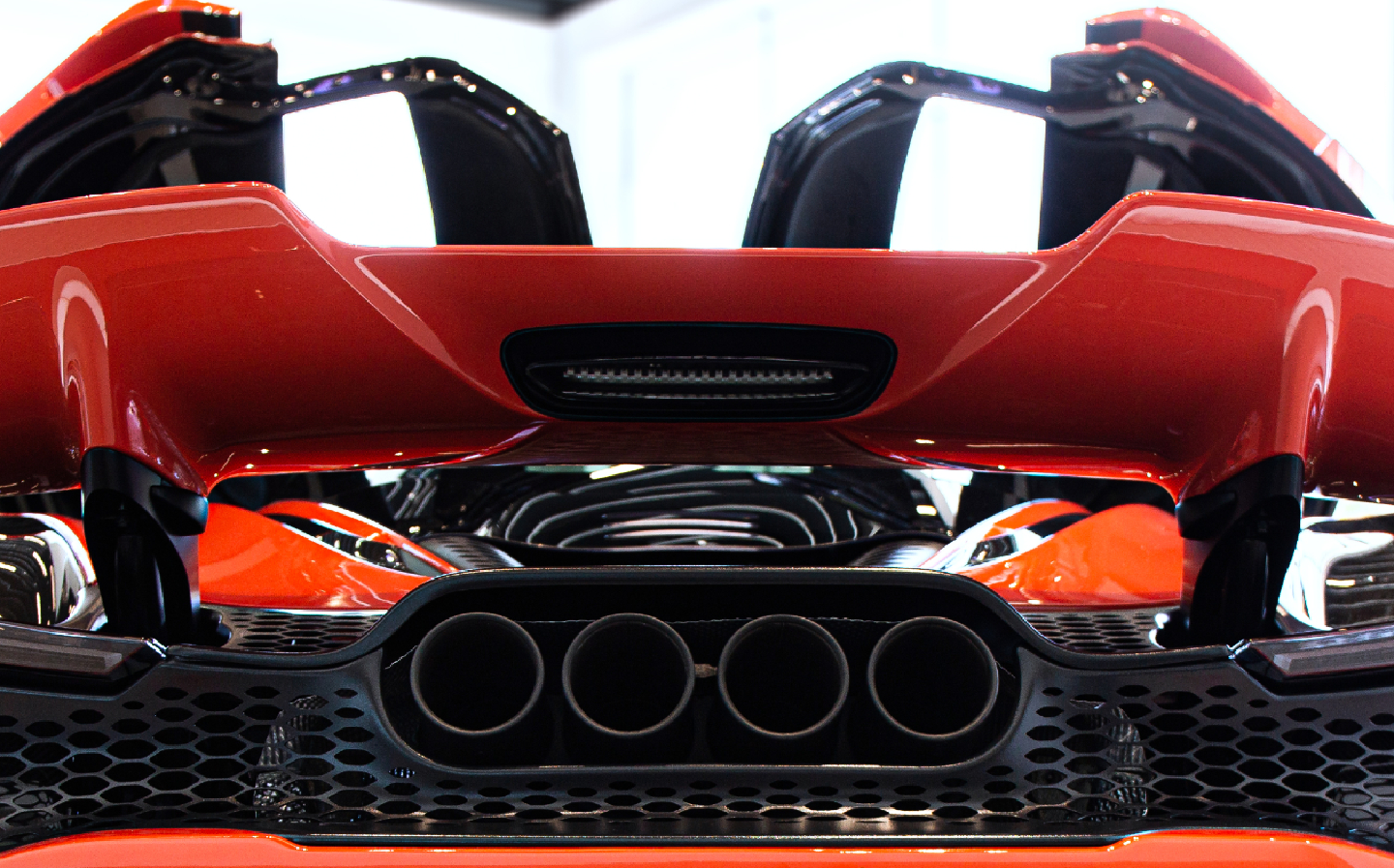Noise camera trial to listen out for loud car exhausts
Snap, crackle and pop? That’s a £50 fine.
A trial of new acoustic camera technology aiming to clamp down on excessively loud vehicle exhausts is due to begin in Bradford this week prior to a possible roll-out across the rest of the country.
The new cameras, not dissimilar to the ones used to catch speeding drivers, are fitted with microphones capable of detecting whether a car or motorcycle breaches the legal noise limit. This is in addition to a video camera and automatic number plate recognition (ANPR) in order to pass information on to the police for potential prosecution.
The legal noise limit for cars in the UK is 72 decibels for cars registered since 2016; for cars registered after 2007 and before 2016 should be no louder than 74 decibels.
MOT testing does not require the use of a decibel meter to monitor a car’s noise output, with it left up to the discretion of the tester to decide whether a car is too loud or not.
“Rowdy road drivers beware — these new cameras will help the police clamp down on those who break the legal noise limits or use illegal modified exhausts to make excessive noise in our communities,” said the Transport Secretary, Anne-Marie Trevelyan.
“We’ll be working closely with the local authorities and police to share any findings, and I hope that this technology paves the way for quieter, peaceful streets across the country.”
Impact on mental and physical health
Noise pollution related to traffic has been repeatedly linked to negative mental and physical health impacts including heart attacks, stress, high blood pressure and Type-2 diabetes.
At present, the penalty in the UK for driving or riding an excessively loud vehicle is a potential on-the-spot fine of £50, though gathering evidence is difficult — something the Bradford trial aims to change.
Bradford is the first of four locations in England and Wales where the new acoustic camera technology will be trialled, and the scheme follows a call-out earlier this year by the Department for Transport for areas blighted by noise pollution to submit applications to be included as part of the trial. In total, £300,000 has been set aside for the scheme.
The trial, which is due to run for three years, aims to refine and further develop acoustic camera technology.
Similar technology in use in London already
Older forms of acoustic cameras are already in use around the world and in other parts of Britain. For the past three years, the London borough of Kensington and Chelsea has been operating acoustic cameras in four locations throughout the area and, between June 2021 and February 2022, some 10,000 vehicles were recorded breaking the noise limit, 289 of which were caught producing in excess of 100 decibels.
The area is a hot-spot for high-end performance cars with BMW drivers the most frequently caught, followed by Lamborghini, Mercedes, Ferrari, Audi and Land Rover drivers — in that order.
On one occasion a Lamborghini was recorded hitting 112 decibels, which is louder than a jet aircraft on landing, a chainsaw or a jackhammer. High-performance and modified cars often produce a popping, banging sound caused by the combustion of unburnt fuel in the exhaust system that can sound like gunshots.
A similar scheme to that of Chelsea and Kensington also began operation in the borough of Westminster earlier this year, with the loudest vehicle thus far encountered clocking in at 111 decibels.
At present, the fine for breaching vehicle noise limits in Chelsea and Kensington is £100, with one local councillor, Johnny Thalassites forced to secure a Public Spaces Protection Order after receiving hundreds of complaints from the public about disturbed sleep, stress and intimidation.
“It’s not about punishing ordinary people who are trying to get around the city to do their business,” he said.
“If you’re driving in a sensible way, this should not catch you out.”
Related articles
- After reading about a new trial to combat loud exhausts in Bradford, you may want to read an opinion piece by Will Dron about neighbours with loud cars
- Or, if you like the sound of high-performance cars, you should check out our review of the Ferrari 296 GTS
- For the opposite, read about the top 10 longest range electric cars of 2022
Latest articles
- F1 2025 calendar and race reports: The new Formula One season as it happens
- Seven great automotive events to visit this summer, from F1 to art and champagne
- Watch new Porsche 911 GT3 smash Nürburgring record for manual cars
- Skoda Elroq 2025 review: Czech carmaker can’t seem to miss with its electric family cars
- Five best electric cars to buy in 2025
- Should I buy a diesel car in 2025?
- Zeekr 7X AWD 2025 review: A fast, spacious and high tech premium SUV — but someone call the chassis chief
- Denza Z9GT 2025 review: Flawed but sleek 1,062bhp shooting brake from BYD’s luxury arm
- Extended test: 2024 Renault Scenic E-Tech review














